Mermaids: The Enchanting Myths and Legends of the Sea
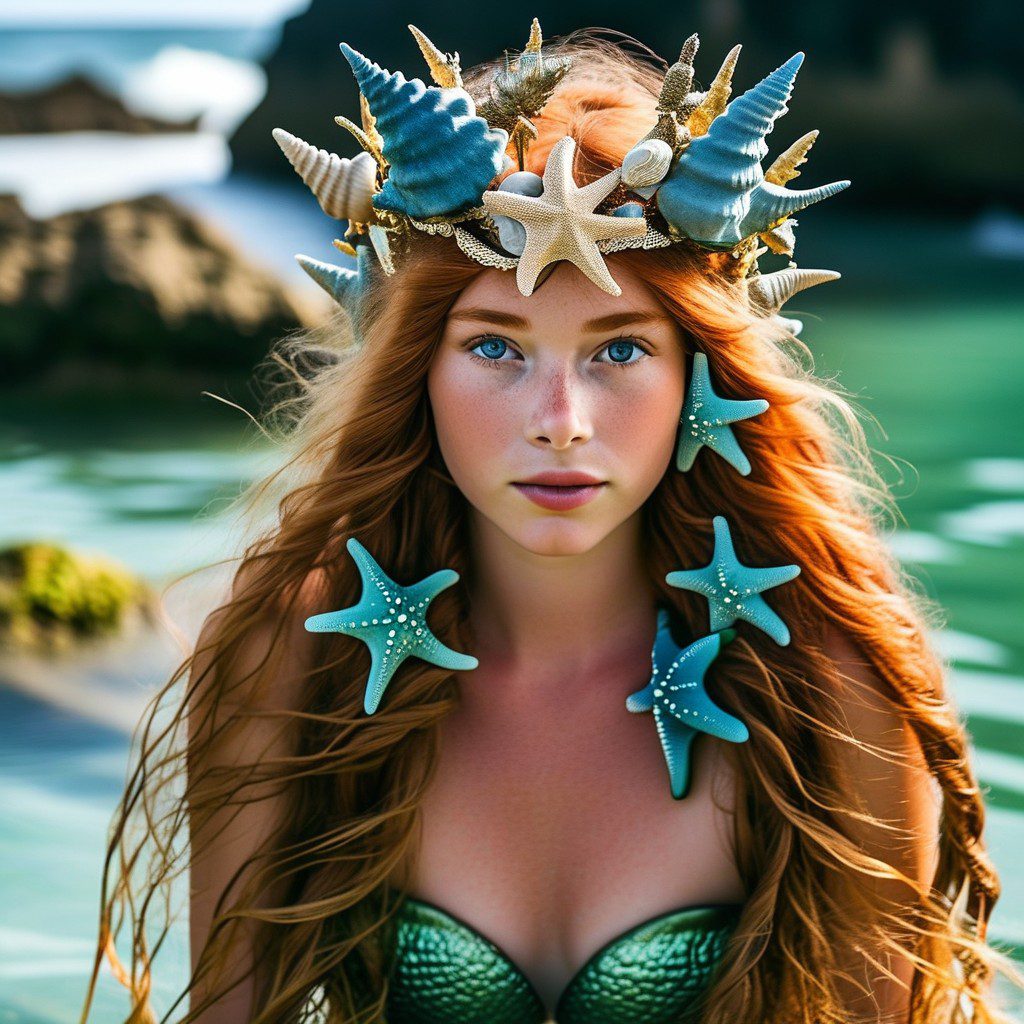
Mermaids have long captured the imagination of people around the world with their mysterious beauty, perilous allure, and deep connection to the oceans. These aquatic beings, part human and part fish, have swum through countless legends, folklore, and modern tales, representing both the allure and danger of the sea. From ancient Greece to contemporary pop culture, mermaids have continually transformed, reflecting the values and anxieties of the societies that dreamed them up.
In this blog, we’ll explore the deep waters of mermaid mythology, tracing their origins across different cultures, understanding how they’ve evolved in literature and art, and examining how these mythical beings continue to captivate our modern world. Ready to dive in?
Ancient Origins: The First Mermaids
The earliest recorded mermaid-like figures come from ancient Mesopotamia. The Babylonian god Oannes, who was depicted with the upper body of a man and the lower body of a fish, was a wise and benevolent being who brought knowledge to humans. While not a traditional mermaid, Oannes laid the groundwork for the concept of humanoid creatures emerging from the water.
However, one of the first true mermaids in mythology was Atargatis, the Syrian goddess of fertility and the sea. Around 1000 BCE, Atargatis was worshipped in what is now modern-day Syria. Legend has it that she fell in love with a mortal man and accidentally killed him. Distraught, she flung herself into a lake to transform into a fish. But her divine beauty was too powerful, and only her lower half became fish-like, while her upper body remained human. This tragic tale of a goddess torn between two forms strongly resembles the classic image of the mermaid.
In ancient Greece, mermaid-like creatures took on a darker tone. The sirens, often confused with mermaids, were dangerous beings who lured sailors to their deaths with their hypnotic voices. Originally depicted as bird-women, sirens later morphed into more fish-like figures as the mermaid mythos developed. Homer’s “Odyssey” popularized these dangerous temptresses, cementing the connection between femininity, beauty, and peril.
Mermaids Across Cultures
While the Mediterranean gave rise to some of the most famous mermaid myths, many other cultures around the world have their own versions of these sea-dwelling creatures, each with unique traits and stories.
Africa
In African folklore, Mami Wata (Mother of Water) is one of the most powerful and widely recognized water spirits. Often depicted as a beautiful mermaid or a woman with a serpent, Mami Wata is associated with both life-giving waters and deadly storms. She embodies the dual nature of water itself—nurturing yet capable of destruction. Those who encounter her are often said to experience great wealth or great peril, depending on whether they respect her powers. Mami Wata is still widely venerated across parts of West, Central, and Southern Africa, as well as in the African diaspora, particularly in Afro-Caribbean religions like Vodou.
Japan
In Japan, mermaids appear as Ningyo, which are more fish-like than their Western counterparts. Ningyo are not always beautiful, but they carry a mystical allure. Eating the flesh of a Ningyo was believed to grant immortality, though encountering one was also seen as a bad omen, often predicting storms or misfortune. The story of Yao Bikuni, a Buddhist nun who gained eternal life after consuming mermaid flesh, is one of the most famous tales tied to Ningyo in Japanese folklore.
Celtic and Norse Legends
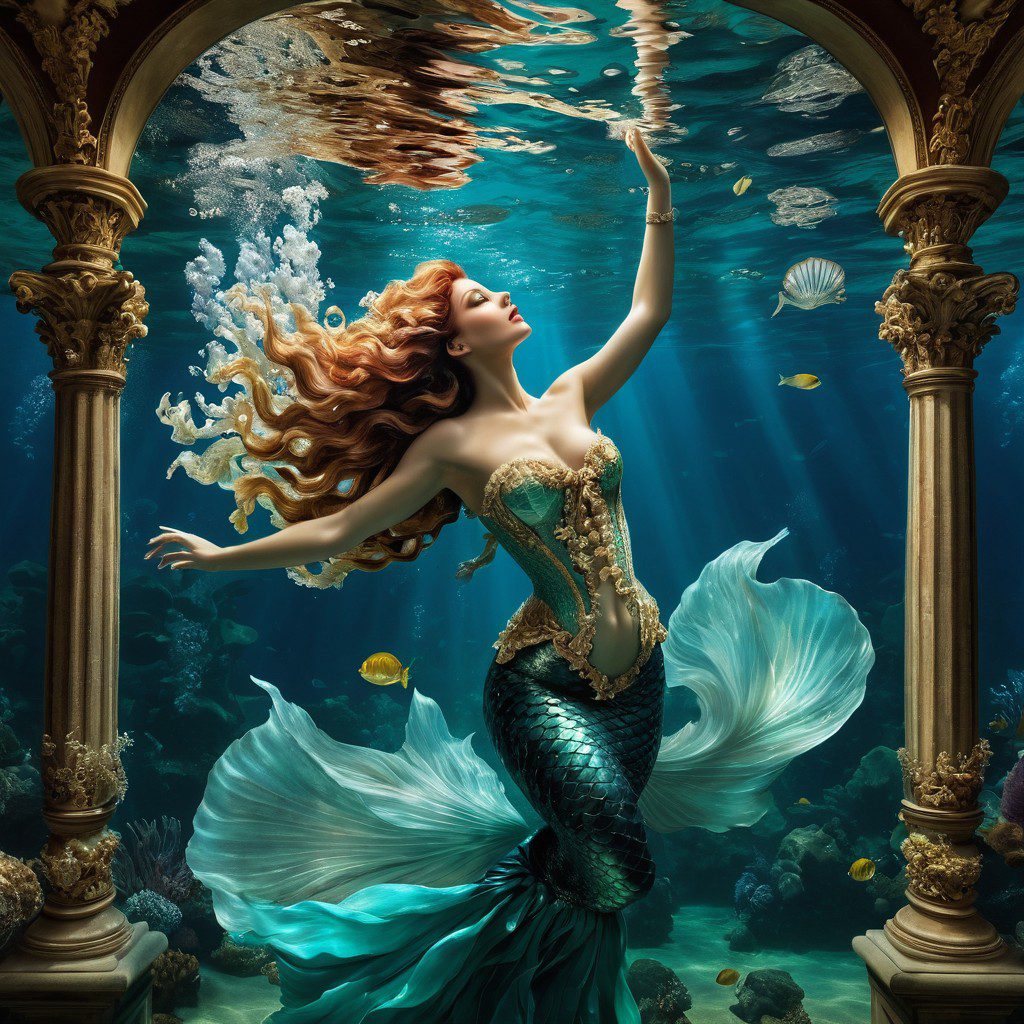
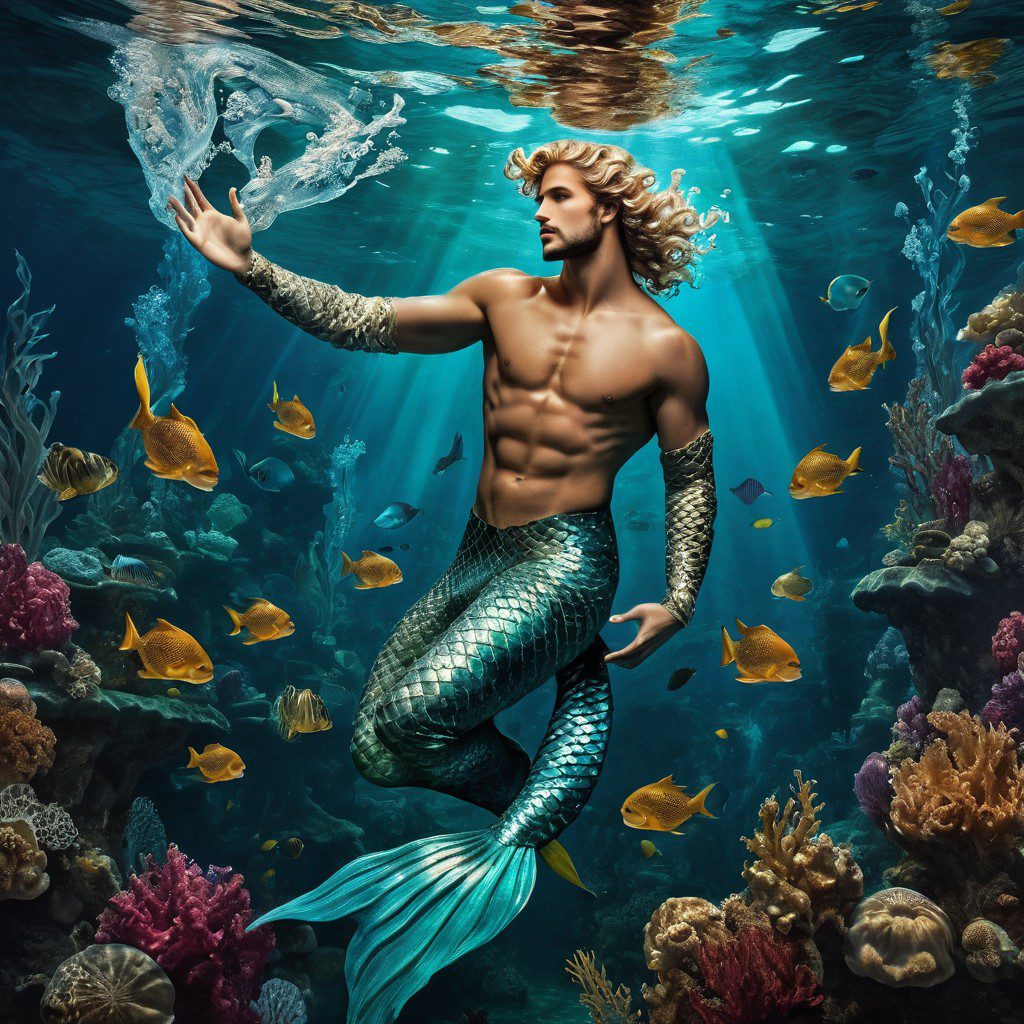
The cold, misty waters of the British Isles are home to their own versions of mermaids. Selkies, from Scottish and Irish mythology, are seal-like creatures that can shed their skins to become human. Often, Selkies are tragic figures who fall in love with humans but are doomed to return to the sea. Their myths often focus on themes of captivity, loss, and longing.
In Norse mythology, Rán is a sea goddess who rules over the drowned. While not strictly a mermaid, Rán shares the same associations with the perilous sea and the fate of sailors. She was known to drag sailors to their deaths, trapping them in her underwater halls.
The Dual Nature of Mermaids: Beauty and Danger
The concept of mermaids as both beautiful and deadly is one of the most enduring aspects of their mythology. While some mermaids are depicted as benevolent creatures, many are also seen as harbingers of doom, particularly for sailors.
Mermaids often represent the untamable nature of the sea—beautiful, enticing, but ultimately dangerous. In many cultures, they serve as warnings about the peril of venturing too far from shore or disrespecting the natural world. Their seductive powers, particularly their ability to lure men to watery graves, are symbolic of human vulnerability in the face of nature’s vast, uncontrollable forces.
This duality—between beauty and peril, life and death—is one of the reasons mermaids have remained such a compelling figure throughout history. They are both dream and nightmare, representing the human desire to connect with the unknown and the inevitable danger that comes with it.
Mermaids in Literature: From Myths to Fairy Tales
As mermaids swam from oral tradition into the realm of written stories, they began to take on more complex roles. They shifted from being purely mystical or threatening creatures to becoming subjects of personal and moral tales.
Perhaps the most famous mermaid story comes from Hans Christian Andersen’s “The Little Mermaid” (1837). Andersen’s mermaid is a tragic figure, longing to be human and willing to sacrifice everything for love, including her voice and, ultimately, her life. Andersen’s tale is far darker than the popular Disney adaptation, with the mermaid not finding her happy ending but instead transforming into sea foam after failing to win the prince’s heart.
This story reflects the Victorian fascination with themes of sacrifice, purity, and unattainable love. Andersen’s mermaid isn’t a seductive temptress but a symbol of unrequited love and the painful desire to transcend one’s nature. She represents the eternal longing for something more, even at great personal cost.
Other literary mermaids took on different roles. In Friedrich de la Motte Fouqué’s “Undine” (1811), a water nymph marries a knight to gain a soul, only to be betrayed by him, leading to tragic consequences. Oscar Wilde’s “The Fisherman and His Soul” (1891) explores the theme of human desire and the dangerous allure of the unknown, as a fisherman falls in love with a mermaid and sacrifices his soul to be with her.
These stories often focus on the tension between the human and the supernatural, the land and the sea, and the cost of crossing those boundaries.
Mermaids in Modern Media: From Tragedy to Pop Culture Icons
In the 20th and 21st centuries, mermaids have undergone yet another transformation. They’ve moved from the pages of dark fairy tales into the bright lights of cinema and popular culture, where they’ve become symbols of freedom, beauty, and wonder.
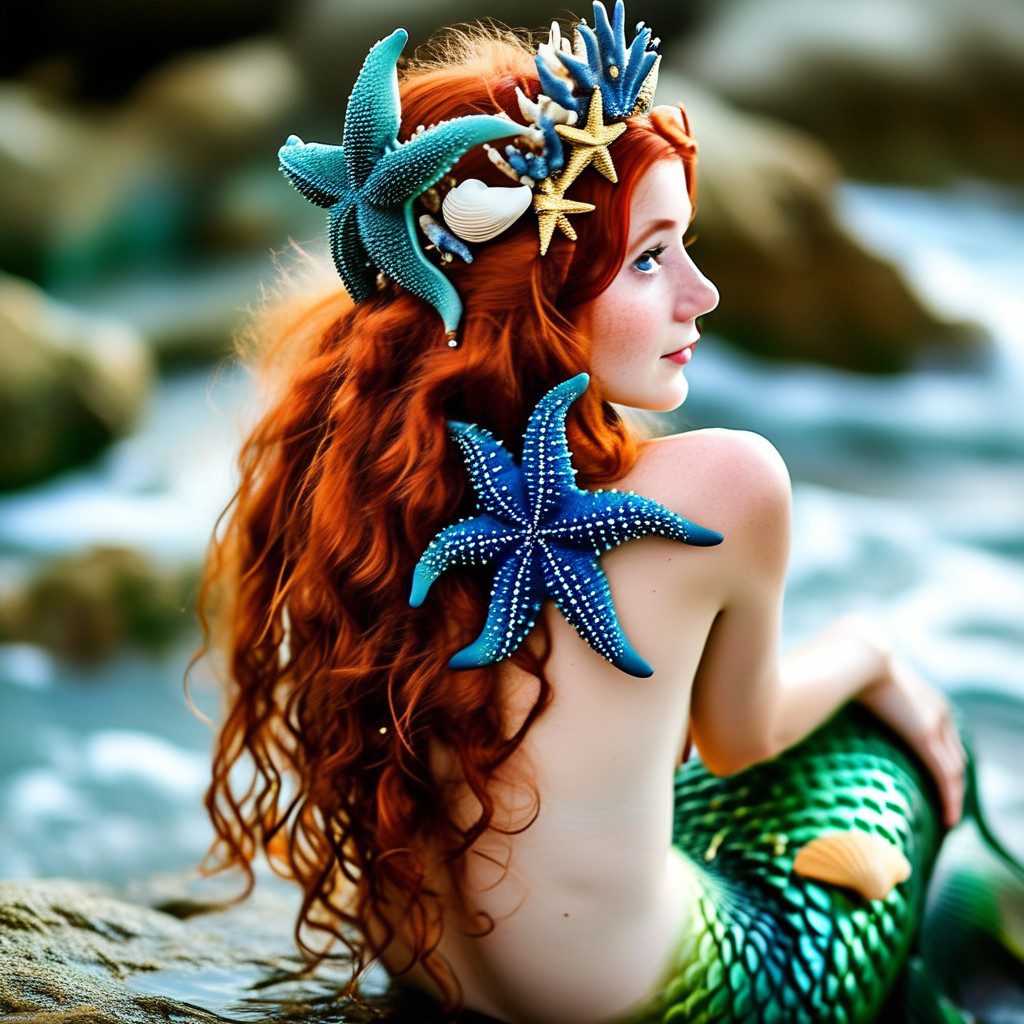
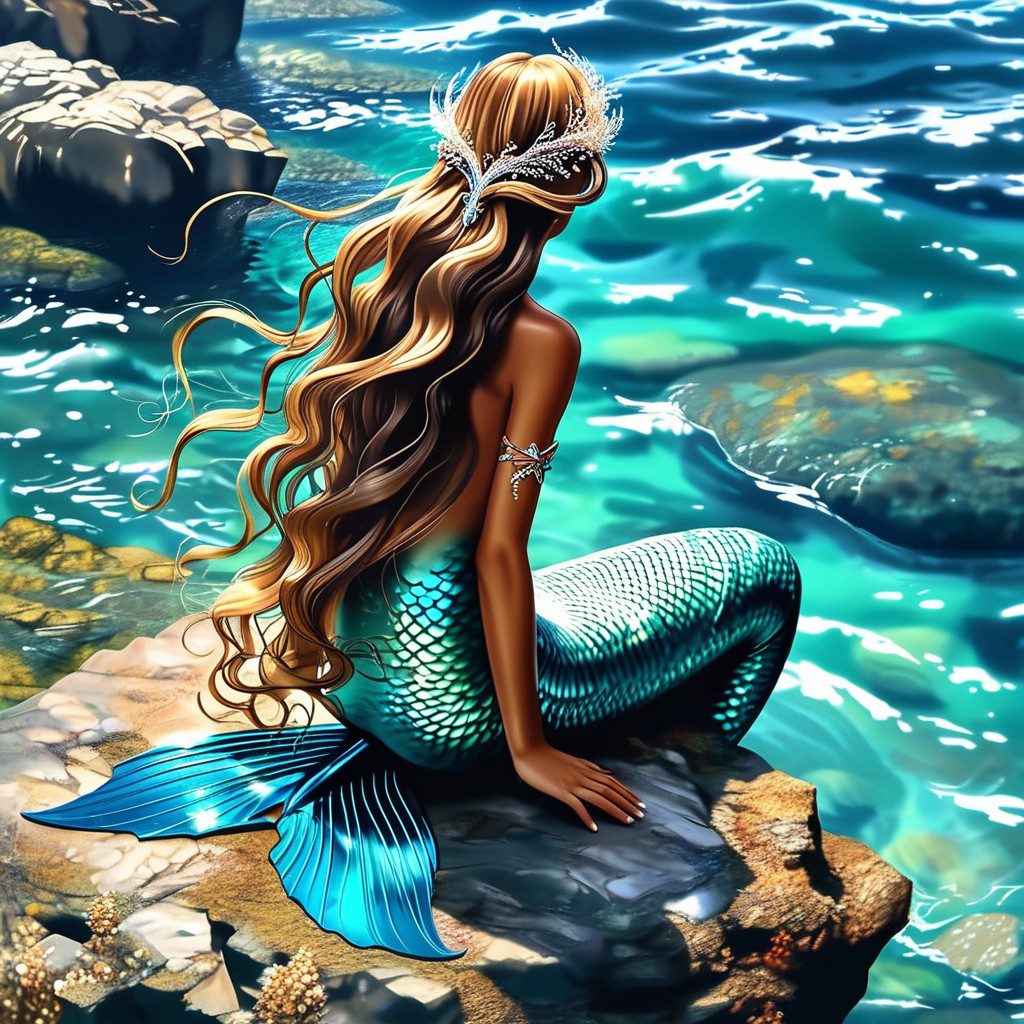
Disney’s “The Little Mermaid” (1989) played a huge role in this shift. Ariel, the film’s protagonist, is not a tragic figure but a rebellious, optimistic, and curious mermaid who yearns to explore the human world. The film offers a sanitized, feel-good version of Andersen’s tale, giving Ariel a happy ending and a place in the hearts of a new generation.
Beyond Disney, mermaids have appeared in a range of films, TV shows, and books. “Splash” (1984), starring Daryl Hannah and Tom Hanks, presented a comedic and romantic view of mermaids in the modern world. Shows like “H2O: Just Add Water” and “Siren” have continued to reimagine mermaids, blending fantasy with contemporary settings.
Interestingly, the darker, more dangerous aspects of mermaid lore have also resurfaced. Films like “Pirates of the Caribbean: On Stranger Tides” (2011) brought back the idea of the seductive, deadly mermaid, with mermaids who lure sailors to their deaths. Similarly, “The Lighthouse” (2019) invoked eerie, disturbing mermaid imagery that harkened back to the perilous myths of the past.
Mermaids in Global Popular Culture
Mermaids have evolved into symbols that go beyond traditional mythology and literature, taking root in fashion, art, and even activism. The imagery of mermaids is now often used to express themes of transformation, identity, and environmental conservation.
For instance, mermaid parades like the one held annually in Coney Island celebrate individuality and self-expression. Participants don elaborate mermaid costumes, embracing the fantasy and freedom mermaids symbolize. Mermaids also appear in eco-conscious movements, where they serve as mascots for ocean conservation efforts, highlighting the need to protect marine environments from pollution and overfishing.
Strengths and Weaknesses of Mermaids
Strengths:
- Beauty and Charm: Mermaids are often depicted as extraordinarily beautiful and capable of enchanting those who encounter them.
- Connection to Water: As creatures of the sea, mermaids possess unmatched aquatic abilities, often being able to control water or summon sea creatures.
- Immortality or Longevity: Many myths suggest that mermaids are either immortal or live for centuries, untouched by time.
Weaknesses:
- Fragile on Land: In some stories, mermaids are weak or vulnerable when on land, and they may be bound to return to the sea after a certain time.
- Emotional Vulnerability: Many mermaid stories focus on their tragic love affairs
